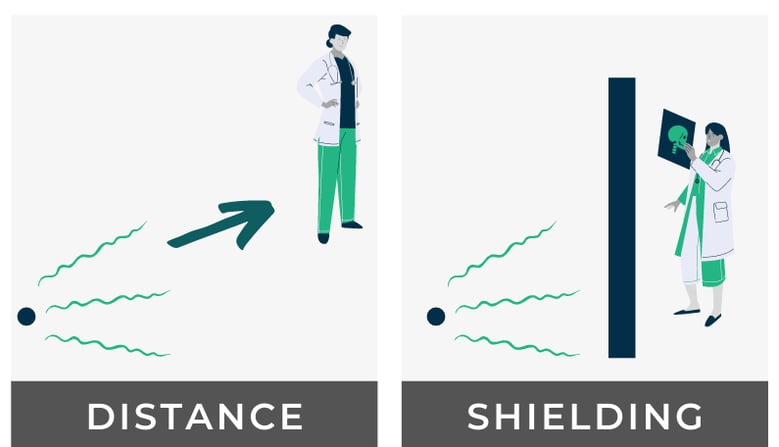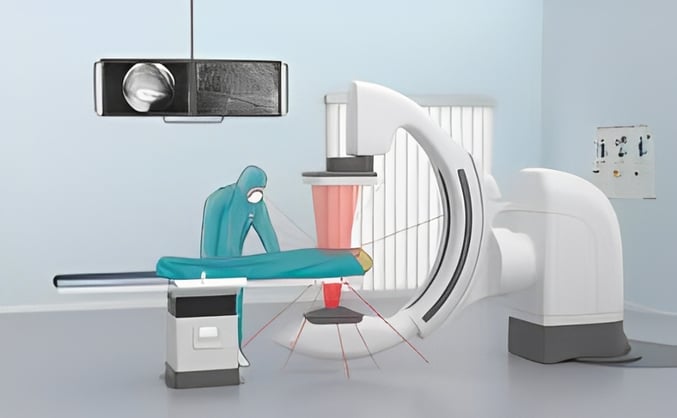The Future of Radiation Safety in X-Ray Imaging
X-ray imaging is an essential tool in modern healthcare, providing crucial insights into medical conditions. However, concerns about radiation exposure have led to continuous advancements in safety protocols and technology. As we move into the future, new innovations aim to minimize risks while maintaining high-quality imaging. Let’s explore the future of radiation safety in X-ray imaging and how these advancements will impact patients and healthcare providers.
2/4/20252 min read


1. Lower Radiation Dose Technology
Recent advancements in X-ray imaging focus on reducing radiation exposure without compromising image quality.
AI-Powered Imaging Algorithms: Artificial intelligence (AI) can enhance images taken at lower radiation doses, reducing the need for repeated scans.
Digital Radiography (DR) Advancements: Modern DR systems use advanced sensors that require lower radiation doses compared to traditional film-based systems.
Iterative Reconstruction Techniques: These methods improve image quality by enhancing clarity, reducing noise, and allowing for lower radiation use.
2. Protective Equipment and Materials
New materials and designs are enhancing radiation shielding for both patients and healthcare workers.
Lighter and More Effective Lead Aprons: Innovations in lead and non-lead aprons are making them more comfortable while maintaining protection.
Advanced Scatter Radiation Shields: New shielding materials help reduce exposure to scatter radiation in medical facilities.
Personal Dosimeters with Real-Time Monitoring: Wearable dosimeters allow healthcare workers to track their radiation exposure in real time, ensuring safer working environments.
3. AI and Machine Learning in Radiation Safety
Artificial intelligence is revolutionizing how radiation safety is managed in medical imaging.
Automated Radiation Dose Monitoring: AI systems track and adjust radiation doses in real time to minimize unnecessary exposure.
Predictive Analytics for Safety: Machine learning models analyze patient history to optimize imaging protocols with the lowest effective radiation dose.
AI-Assisted Positioning: AI helps technicians position patients correctly, reducing the need for multiple scans and excessive radiation exposure.
4. Regulatory Improvements and Global Standards
Governments and healthcare organizations are continuously working on stricter regulations for radiation safety.
Stricter Dose Limits: Regulatory bodies like the FDA and IAEA are setting new standards to minimize radiation exposure while maintaining diagnostic accuracy.
Global Standardization of Safety Protocols: Efforts are being made to create uniform global safety standards for radiation-based medical imaging.
Enhanced Training Programs: Medical professionals are receiving improved training on radiation safety, ensuring best practices are followed in all healthcare settings.
5. The Rise of Alternative Imaging Technologies
To further reduce reliance on X-rays, alternative imaging technologies are being explored.
Ultrasound and MRI Advancements: These imaging techniques provide radiation-free alternatives for certain medical diagnoses.
Photon-Counting CT Scanners: A breakthrough technology that provides superior imaging with significantly lower radiation exposure.
Terahertz Imaging: A futuristic imaging method that uses non-ionizing radiation for diagnostic purposes.




Reference Website Link:
International Atomic Energy Agency (IAEA)
Link: https://www.iaea.org/
U.S. Food and Drug Administration (FDA) - Radiation-Emitting Products
Radiological Society of North America (RSNA)
Link: https://www.rsna.org/
American College of Radiology (ACR)
Link: https://www.acr.org/
